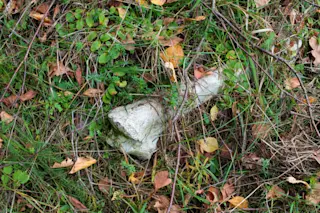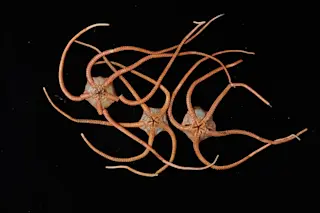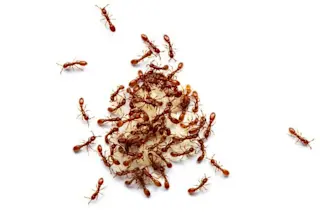Open any biology textbook and you’ll find a diagram of an animal cell, with its internal organelles--the nucleus that houses the genes, for instance, and the ribosomes that translate those genetic instructions into proteins--all neatly labeled. The picture looks complete. But the truth is that the average cell is loaded with particles that show up only dimly under microscopes, if at all, and have never been studied. They all look like little blobs, says biochemist Leonard Rome of the UCLA School of Medicine.
Rome has found, however, that one of those blobs deserves a label of its own. It is a newly identified organelle that dots most cells by the thousands, is three times as large as a ribosome (which biologists discovered decades ago), and may be just as important for the cell’s functioning.
The new organelle had never stood out because it is made almost entirely of proteins, and ...












